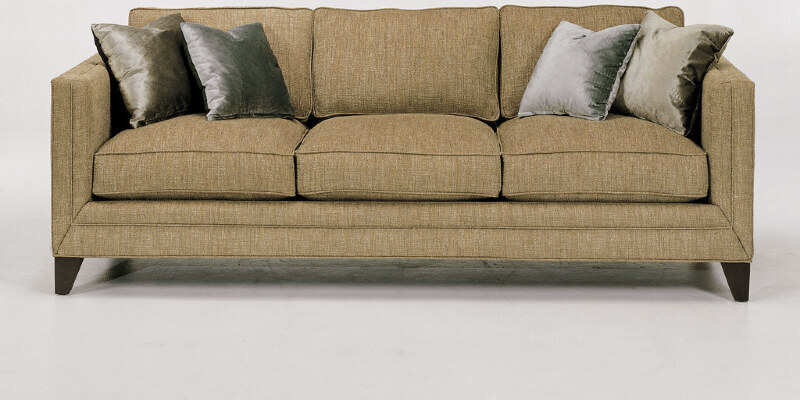Most contemporary tabletops are made from plywood. But, there are thousands of antiques with solid wood tabletops. Many or most of these tops are well utilized and are beat up, dented or even weather damaged. The enduring beauty of hardwood is well worth the time it takes to repair it. That’s one of the advantages of solid wood: It could be almost completely restored by hand.
Splits or Cracks
Examine the tabletop thoroughly before starting any recovery. Look for deep cracks, thin spidery lines or splits along laminated glue lines that might go all the way through the surface. Deep defects such as these must be full of epoxy glue rather than putty or wood dough. Powdered resin glue is available from home improvement stores. This sort of glue is coloured to match the wood species. Mix it with water and then force it down in the cracks using a putty knife. It’ll dry hard after 24 hours. Use it in any cracks that are open.
Prep
For many other small holes, gouges, dents or cracks that are not severe, use a putty knife to fill them with wood dough. If there are any observable splinters or loose pieces, squirt a small amount of wood glue under them and then secure them together with masking tape. Liberally smear putty over any rough or pitted areas. Wait a minumum of one hour for all glue and putty to dry.
Belt Sanding
To sand beat-up wooden surfaces of any sort, use a belt sander. Start out using an 80-grit belt to remove wood quickly. Hold the sander with both hands and constantly sand parallel with the grain patterns; never sand perpendicular to the grain. Keep the sander perfectly flat against the surface rather than tip it it can cut deep gouges if it is allowed to tip. When the surface of the wood takes on a normal, bare wood look and each one the putty and glue is removed, place down the belt sander.
Hand Sanding
Continue sanding with 100-grit sandpaper attached to a hand cube. Constantly sand parallel with the grain. Completely sand the table by hand with the block until it appears smooth and consistent. Lean down and allow light reflect off the surface. If you can see scratches, keep sanding until they are gone. Put 180-grit sandpaper on the block and then sand the table one more time until uniformly smooth. Alternately, use an oscillating tool using a hook and loop pad accessory and raising grits of sandpaper to save time on manual pruning.
Spraying
After sanding, apply stain if desired. Let it dry for one hour and then spray on the top with one coating of aerosol lacquer. Let the lacquer dry for half an hour and then sand the top again with a new piece of 180-grit sandpaper on a hand cube. There’ll be a light coat of fine white lacquer dust after sanding; abandon it on the very best as it aids in curing another coat. Spray the table , moving in patterns parallel with the grain. When the table has a moist coat of lacquer, let it dry for one hour to complete, or add up to 2 more coats for a deeper finish.
